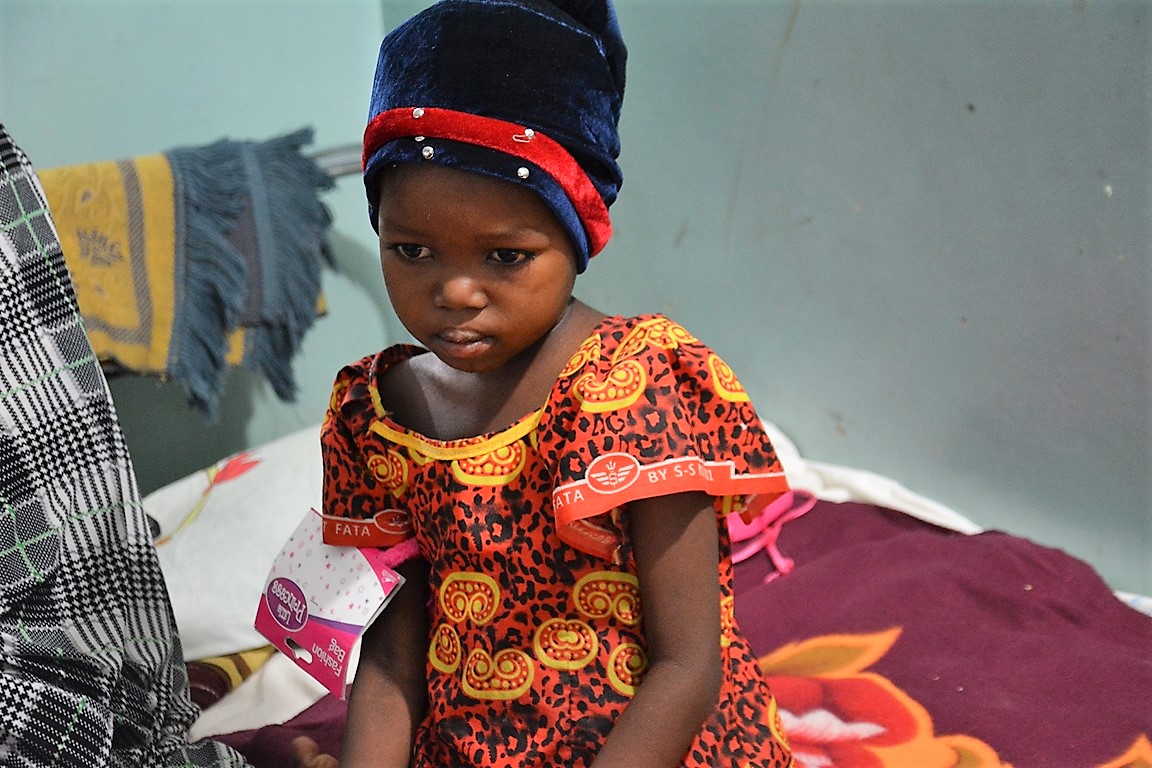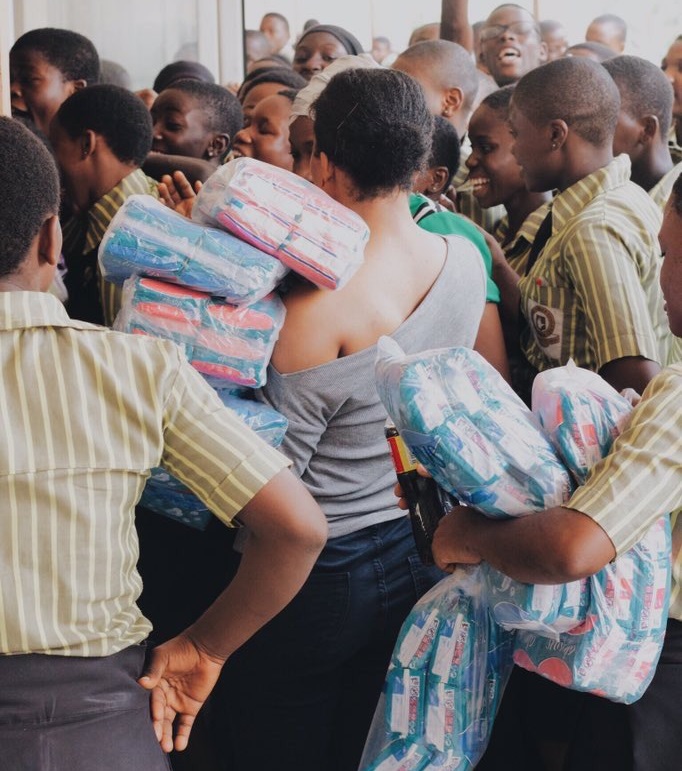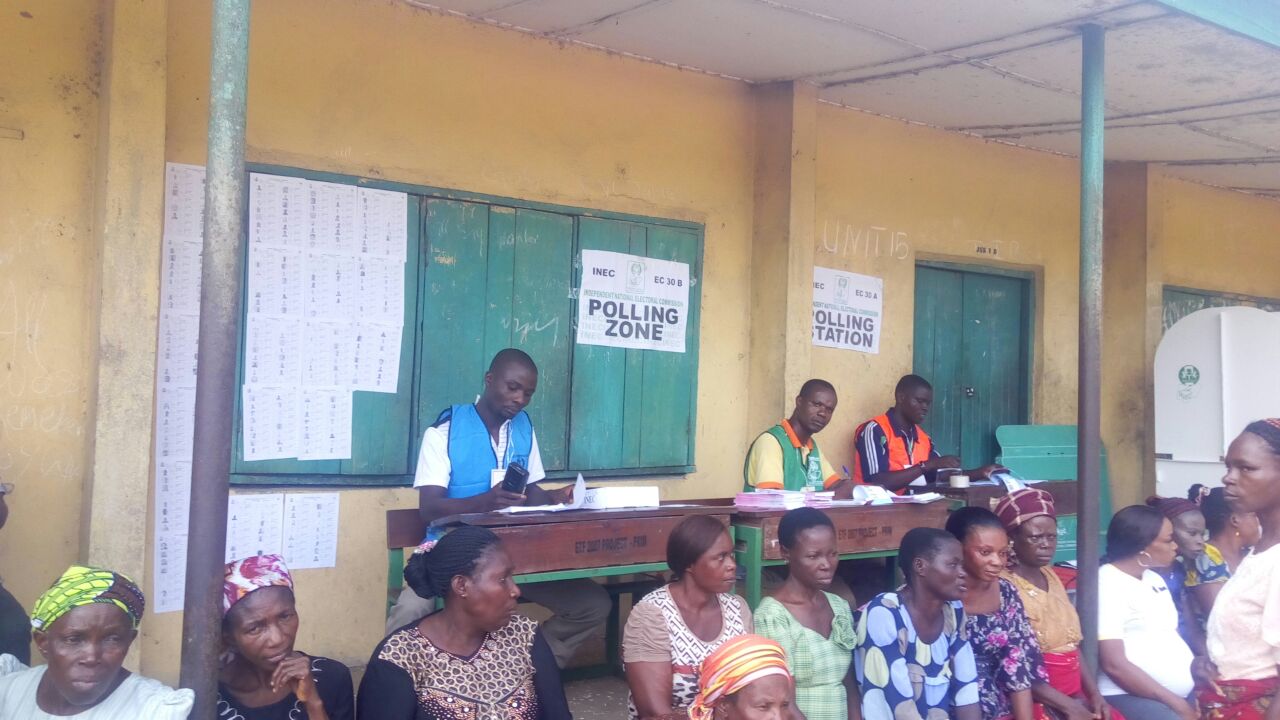They sang happily, chasing each other around a certain part of the camp for internally displaced persons (IDPs) in anticipation of a better life. For months, water has been the single most challenging need in Rann, Borno state — after transportation.
Hammin Mohammed was playing with her siblings and friends near a borehole, which was said to have been the input of the Ministry of Water Resources and aid groups at the camp.
The new borehole delivered immense relief to the IDPs, who had endured hours of queuing every day just to obtain a single gallon of water for their household needs.
As they played around – oblivious of the tension that was building in the camp, owing to the strange movement of a military jet in the skies – the bomb dropped! (Read more about the bombing here).
Advertisement
Free-spirited Hammin was injured by shrapnels – fragmentation thrown out by an exploding bomb. This transformed her from a happy, singing child, to a numb five-year-old.
From January 17 till February 17, 2017, Hammin has not uttered a single word, her caretaker and sister, Kally Mohammed, tells TheCable.
The five-year-old, who lies expressionless on a duvet-covered bed at the end of the University of Maiduguri Teaching Hospital (UMTH) paediatric ward, looked at everyone around, with no words for them. Regardless of how good she looked, it was clear all was not well with her.
Advertisement
THE CRUEL CASE OF NEGLECT
When Hammin was taken to the accident and emergency unit of the teaching hospital, she was referred to the paediatric ward but was neglected and left untreated for the “lack of funds”.
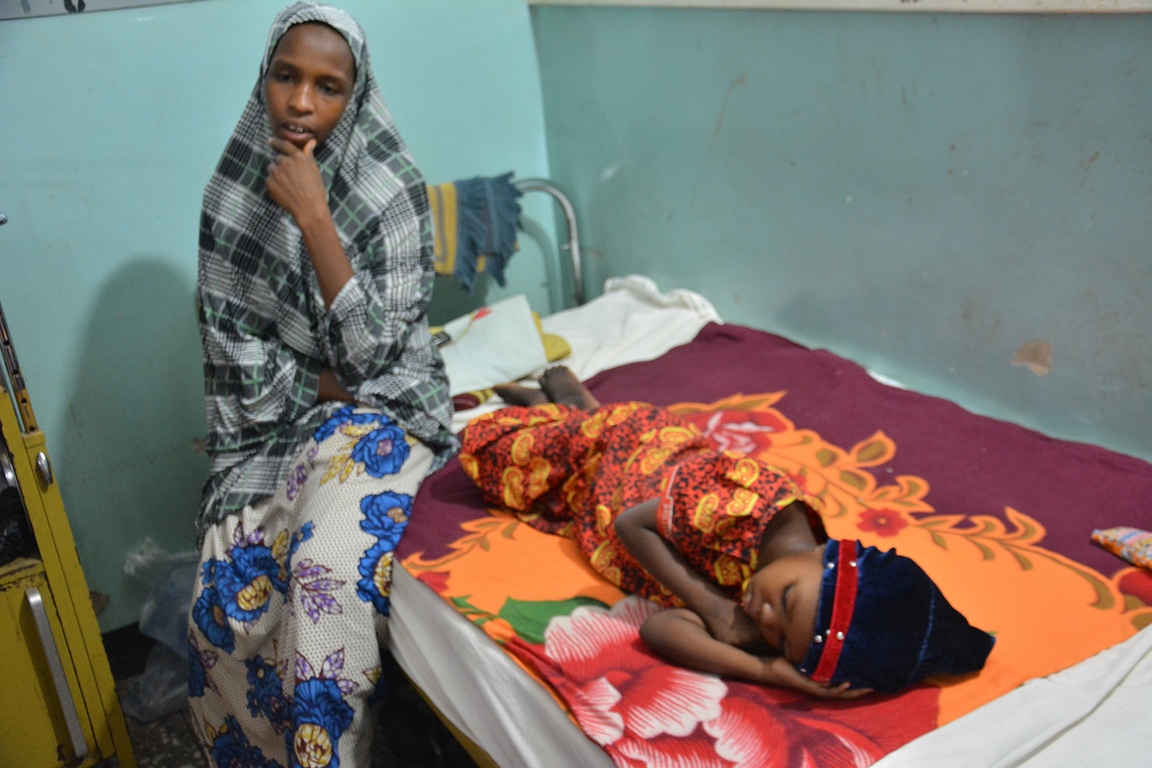
Hajia Fatima (pseudonym), who eventually paid the bills, narrates how Hammin was neglected by the authorities of UMTH and the military, which “orchestrated” her fate.
“I called one of the junior doctors and asked why is this girl not being treated, he said because she didn’t pay the bills, I said how much; he said N3,000 for the X-ray and N3,750 for medicine,” she recalls.
“I paid for all and said just take care of her. For two days, they didn’t carry out the blood test because of a lack of money.
Advertisement
“Apparently, she had malaria because of mosquitoes in the hospital, and they later found she had typhoid too after she did the test. For God’s sake, is it their fault that they bombed their base?”
X-RAY: RANN BOMB PELLET LODGED NEAR VITAL ORGANS
When the X-ray was eventually carried out, the film revealed that bomb pellets were still lodged somewhere in Hammin’s rib cage, a few inches from her heart and at the lower part of her abdomen, which has contributed to her silence since the day the bombs dropped in Rann.
The five-year-old has not been getting the best of care at the hospital and the doctors are not in any way ready to carry out a surgery to help remove the “foreign bodies” in her system.
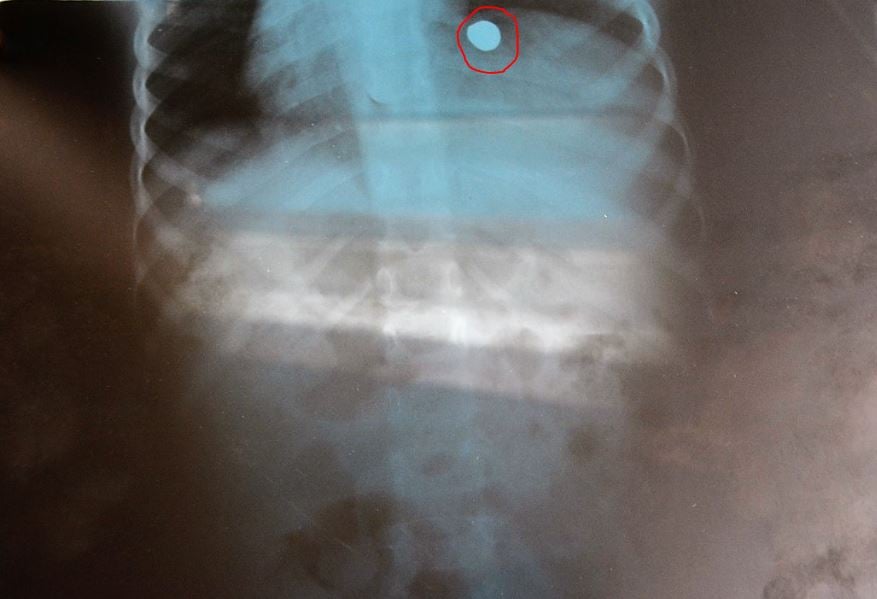
“The doctors said they are not removing the pellet,” Kally says, as Hammin interrupts with a cough. The five-year-old has three major activities in her new life: coughing, sleeping and – fortunately – eating.
Advertisement
UMTH feeds her three times a day but her family of eight – who are also tending to treatment and care in Rann, with less complex injuries from the bombing – bear the responsibility for footing her medical bills.
Hajia Mohammed, Hammin’s mother, who was initially taking care of her at UMTH had to return to Rann to cater for four other children, who were also affected in the bomb blast, sending Kally to watch over her little sister.
Advertisement
A doctor, who spoke to TheCable on the sensitivity of the surgery, also revealed that the “foreign bodies” in Hammin’s body will not be removed for now, because more damage can be caused in the process of removal, hence the need to leave it there “for now”.
“Her silence and pain may be psychological,” he says.
Advertisement
RED CROSS VOLUNTEER WITH MULTIPLE SHRAPNEL
Hammin is not alone; a number of other persons involved in the bombing have similar experiences. With hospitals in Maiduguri stretched beyond capacity, any surgery considered as “not life-threatening” is postponed or ignored completely.
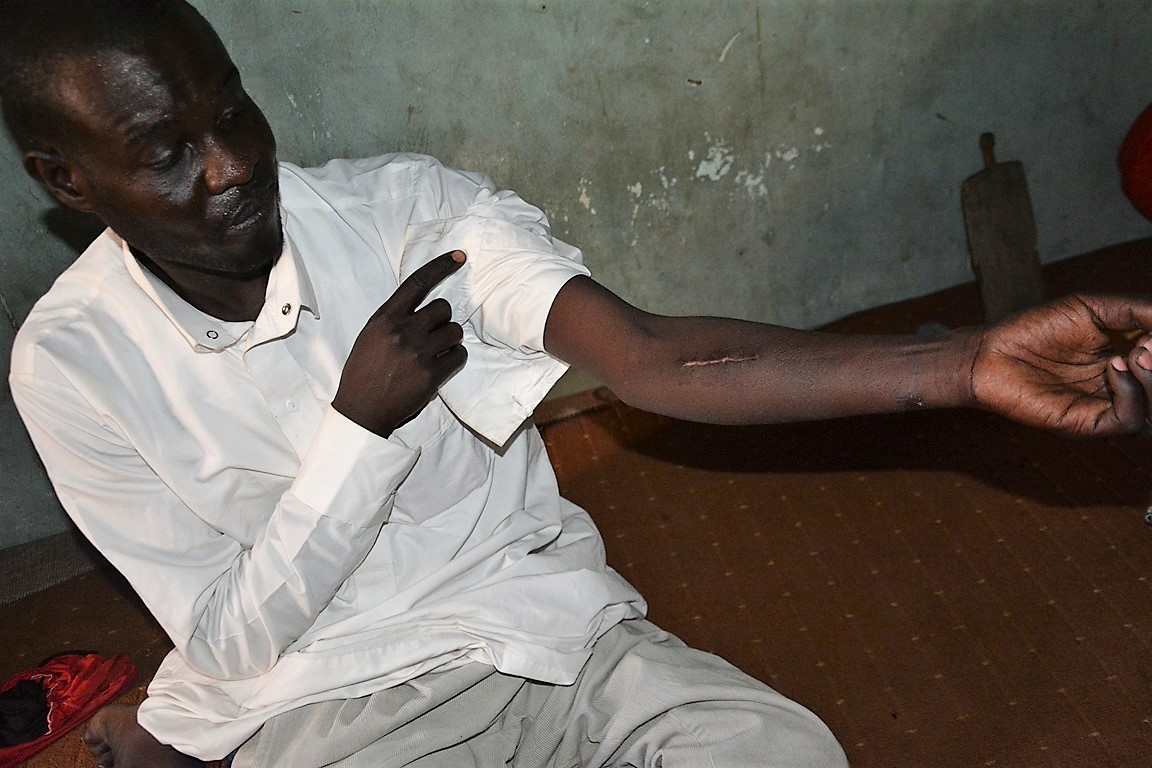
Mbarma Abba Shemay, a member of the Nigerian Red Cross Society, who was on the ground when the accidental bombing happened, narrates his fair share of the tragedy, which killed at least six of his colleagues.
Advertisement
Shemay, who hails from Kala Balge, contested for councillor in one of the wards in Rann back in 2007, and won. He led his people for a term, and lived in the region till 2014, before leaving the region with his family, owing to the Boko Haram insurgency.
The father of three says he and his team got to Rann a few days earlier and planned to work on the camp from Monday, but had to wait for Médecins Sans Frontières (MSF) to conclude an ongoing vaccination process, before tending to the IDPs.
Shemay, who is expecting a newborn, tells TheCable that the bombs dropped at about 11 am on Tuesday, January 17, while the Red Cross and MSF were attending to displaced persons in the settlement.
“The first bomb did not affect us, but the second one came hard on us,” he recalls, explaining that the activities that followed the blast eluded him.
He was taken to the State Specialist Hospital, Maiduguri, where he had a surgical operation to remove a bomb pellet from his hand, but has a number of that lodged in other parts of his body.
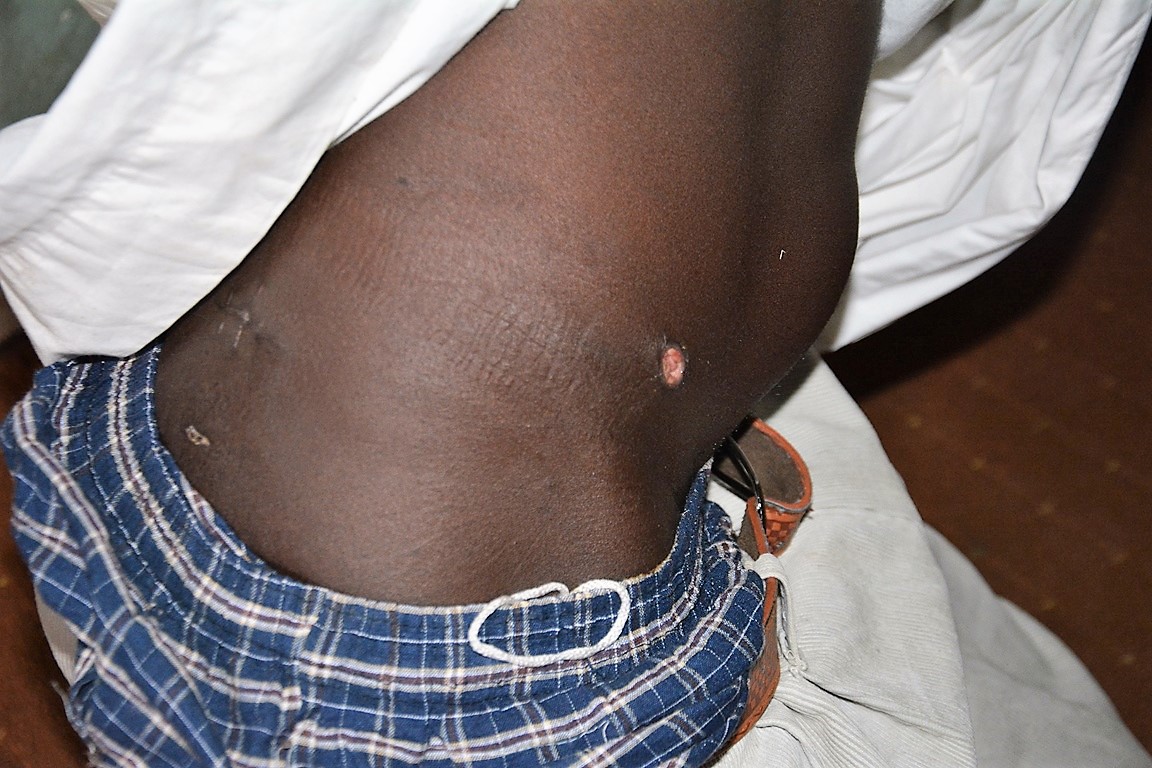
The Red Cross member shows his waist, left knee, and left feet, where fragmentations from the explosion are still present. He adds that the doctors advised that he “manages himself” until he’s strong enough for other surgical procedures.
The middle-aged man, like Hammin, was told that the removal of the bomb pellet from his feet would affect vital portions of his leg, particularly his Achilles Tendon, which may hinder him from walking.
Though he limps around the house while he walks, Shemay says he wants to be there for his wife when she puts to bed in a few days.
He is in luck in many ways. Unlike Hammin, he has words of comfort to utter to his wife in the delivery room.
The next and last part of the “Tears from Rann” series focuses on what “exactly” happened in Rann, and the questions the military, the health authorities and the federal government must answer.
This is a special investigative project by Cable Newspaper Journalism Foundation (CNJF) in partnership with TheCable, supported by the MacArthur Foundation. Published materials are not the views of the MacArthur Foundation.
Add a comment

